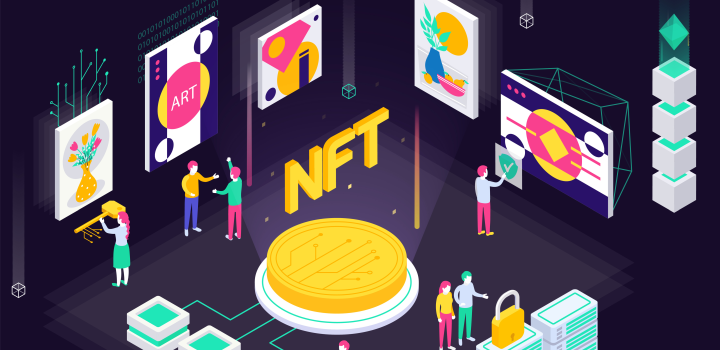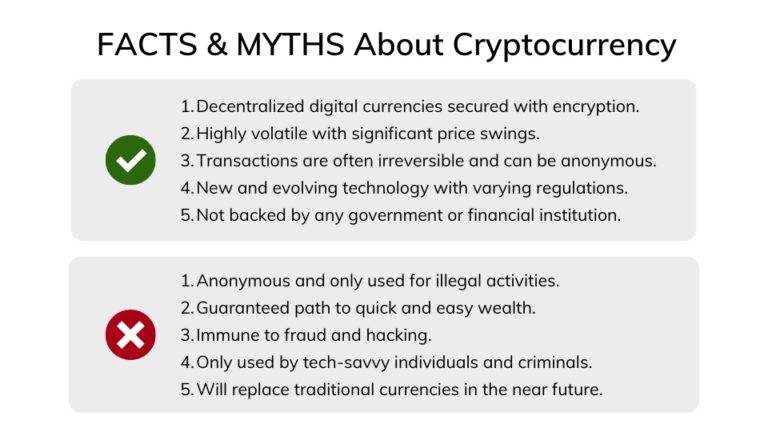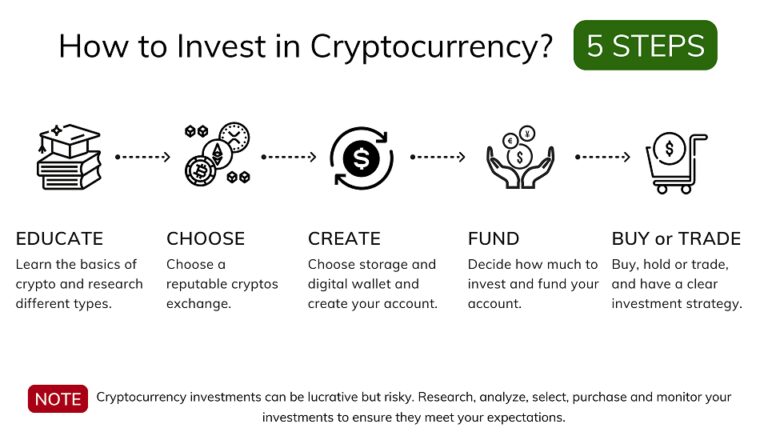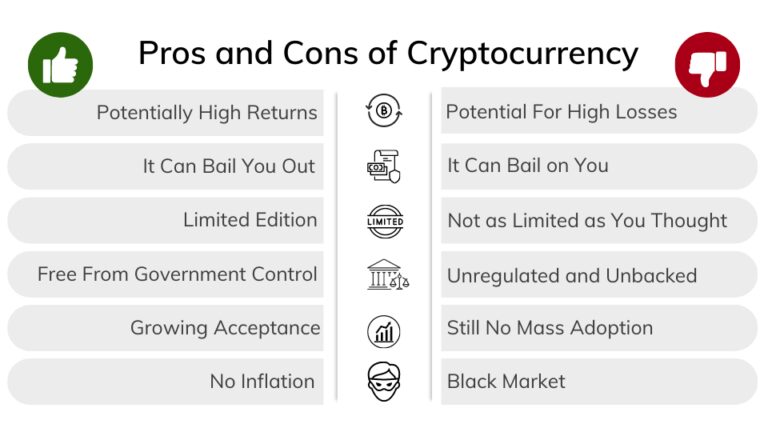Immerse yourself in the captivating world of NFTs as we unveil expert predictions for 2023 and beyond. Discover the potential shifts, anticipated growth, and far-reaching implications these digital assets may bring to the market. Your journey into the future of NFTs starts here.

NFTs, or Non-Fungible Tokens, represent a significant shift in the way we perceive digital assets. Unlike cryptocurrencies such as Bitcoin or Ethereum, which are fungible and can be exchanged on a like-for-like basis, NFTs are unique digital assets. Each token is distinct and represents ownership of a specific item or piece of content. This ownership is recorded on a blockchain, a digitized, decentralized public ledger, which makes each NFT immutable and tamper-proof.
The main allure of NFTs lies in their originality and authenticity. From artwork to music, from collectibles to virtual real estate, anything digital can be tokenized as an NFT, providing the creator with an exclusive claim underpinned by blockchain technology.
The concept of NFTs is not new. However, its rise to mainstream prominence took place in recent years. CryptoKitties, an online game on the Ethereum blockchain where users can collect and breed virtual cats, first introduced many to the world of NFTs in 2017. Since then, the NFT marketplace has expanded greatly, with a significant leap in popularity and acceptance in 2020 and 2021.
Factors contributing to the popularity of NFTs range from the pandemic-inspired shift toward digitalization to the lure of high returns and the desire from artists to control the ownership and monetization of their work. The fact that almost any digital content can be turned into an NFT has also fascinated many, promising a new frontier in the digital art market and beyond.
Understanding the workings of NFTs can seem perplexing, but it revolves around some fundamental principles. When a creator tokenizes their digital content into an NFT, it is minted — i.e., created and stored on a blockchain, generally the Ethereum blockchain. This process assigns the content a unique identification code and metadata that distinguish it from any other NFT.
Once minted, the NFT can be bought, sold, or traded on various NFT marketplaces. Ownership of the NFT is tracked on the blockchain, ensuring the authenticity and rarity of the token. As an NFT owner, you’re buying a digital certificate of ownership of a unique object, rather than the object itself.
For an in-depth understanding of the process behind the verification and authentication of NFTs, you could refer to this comprehensive guide on Demystifying the NFT Verification Process.
In the digital world, there has been a significant surge in the discussion surrounding non-fungible tokens or NFTs. Their unique nature, promising high returns, and the curiosity they stir are all contributing to a dynamic and exciting market.
Even though NFTs have been around for a few years, it was in 2020 when they started making headlines. The market for NFTs skyrocketed to unimaginable heights, reaching a peak trade volume of approximately $175 million in May 2021. As of today, the NFT market exhibits a gamut of trends, some of which are fleeting, while others might have staying power. For a detailed look into these trends, check out our blog post, Analyzing the NFT Market Trends, which provides an insightful view of the NFT landscape as it stands today.
The NFT marketplace is an increasingly competitive space. However, a few platforms have managed to differentiate themselves and capture significant market share. These include Bitsler, MyStake, and Sportsbet.io. Each of these platforms offers a unique mix of features, catering to different tastes in the market. Bitsler, for instance, is renowned for its user-friendly interface and large collection of NFT-hosted games. MyStake, on the other hand, is famed for its extensive range of cryptocurrency options and seamless user experience. Lastly, Sportsbet.io stands out for its sports-themed NFTs and its innovative use of blockchain technology.
As we navigate the NFT market, it is impossible not to marvel at the unprecedented success stories and record-breaking sales. For instance, the creator of the NFT artwork, “Everydays: The First 5000 Days”, Beeple, managed to sell his piece at a Christie’s auction for a staggering $69.3 million. Similarly, Twitter CEO Jack Dorsey sold his first tweet as an NFT for over $2.9 million. These cases hint at the immense potential of NFTs, creating a narrative of ‘digital gold rush’ that is hard to ignore. Moreover, they serve as a benchmark for artists and creators exploring the NFT space.
While the NFT market has had its share of success, it’s essential to remember that like any investment, NFTs come with their own set of risks and challenges. Therefore, it’s necessary to conduct thorough research and possibly seek guidance from experts before diving into this digital world.
To delve deeper into the world of NFTs, particularly the top platforms where these digital assets are bought and sold, navigate to our comprehensive guide Unveiling the Top NFT Marketplaces.

With the NFT market booming in recent years, numerous industry leaders have lent their insights about the present state and future potential of this innovative technology. These insights matter as they shape trends and influence decision-making among players in the NFT space, from artists to collectors and investors.
Many experts express an optimistic outlook on the future of NFTs. Dennis K. Bøg, the CEO of 22Bet, expresses that the current upward trend is likely to continue in the near term due to rising interest in digital collectibles. In contrast, the CEO of MyStake, Mark Z. Schneider, believes that while the NFT market is experiencing a high now, price corrections could occur in the future as the market matures and becomes more regulated. You can discover more expert opinions on the future of NFTs in our dedicated article titled Expert Predictions on NFT Future.
Leaders from renowned platforms like 20Bet, Rolletto, Stake, 22bet, and Megapari have shared their unique perspectives on NFTs. Alexander J. Adams, head of Marketing at Rolletto, observes that integrating NFTs has brought unprecedented international exposure to artists, creators, and platforms. Concurrently, Jake T. Hanson, the Chief Marketing Officer of Megapari, notes that NFTs have become a new avenue for investment – a digital asset class that is redefining the virtual economy.
Despite the widespread optimism, there are contrasting views about the sustainability and longevity of NFTs. Some industry experts see the current NFT craze as a speculative bubble, akin to the dot-com bubble of the late ’90s. They caution that as with any investment, there are risks involved and it is important for investors to conduct thorough research. Others see NFTs as the future, opining that they are here to stay and will continue to revolutionize the digital art world and beyond. It’s clear that the debate about NFTs being a bubble or the future is far from over.
Nonetheless, it’s undeniable that NFTs have stirred the digital world, creating new opportunities and challenges. Whether they eventually burst like a bubble or become the future of digital ownership, only time can tell. Whichever direction they take, one thing is certain – NFTs have left an indelible mark on the digital landscape.

The world of NFTs is continually evolving, and with it, a range of future trends and developments are predicted to shape the industry. Technological advancements will significantly impact how individuals interact with, create and trade NFTs. Cross-chain interoperability is one of the key technological trends projected to play a central role in the evolution of the NFT world. This will enable a seamless exchange of assets across multiple blockchains, eliminating the current barriers facing users. Additionally, the advent of 3D NFTs, integrating virtual reality (VR) and augmented reality (AR) technologies, is expected to transform user experience by offering a more interactive and immersive way of engaging with digital assets.
NFTs are set to transcend their current boundaries, expanding beyond the realms of art, music and gaming. Several industries are predicted to harness the benefits of NFTs. In the real estate industry, NFTs could help digitize property rights, providing a secure and transparent way of managing and transferring ownership. The fashion industry may also see a transformation, with digital designers creating exclusive virtual clothing as NFTs. Furthermore, the education sector could leverage NFTs to issue tokenized certificates, enhancing the credibility and verification process of educational qualifications.
As the NFT landscape continues to grow, so too will the challenges and opportunities it presents. One of the significant hurdles facing NFTs is the issue of scalability. As more users join the NFT bandwagon, the existing infrastructure will need to cope with the increased demand, requiring the development of enhanced scalability solutions. Understanding and navigating the complex legal landscape of NFTs will also pose a challenge.
Despite these hurdles, the future of NFTs holds immense potential. One of the most exciting opportunities lies in the ability of NFTs to democratize digital ownership, providing creators with a new avenue to monetize their work. Furthermore, NFTs could revolutionize the concept of fan engagement for celebrities and influencers, offering unique, personalized experiences to their followers. As these trends continue to unfold, the NFT market is set to offer a wealth of opportunities for both creators and consumers.

As we delve into the nexus between NFTs and the online gaming and betting industry, a new reality starts to surface, one that reveals infinite potential and exciting opportunities. Let’s take a closer look at key platforms like Fortunejack, Thunderpick, Trust Dice, Roobet, and BC GAME, and how they are implementing NFTs, thereby revolutionizing the realm of online gaming and betting.
Many trailblazing platforms have commenced integrating NFTs into their ecosystem, leveraging their unique properties to offer users an enhanced gaming and betting experience. Let’s look at some examples.
As the NFT landscape continues to evolve, so does their potential use cases within the online gaming and betting platforms. For detailed insights into the future of NFTs in the gaming industry, consider visiting Trending NFT Games.
Not to speculate too much, but there could be a future where unique NFTs might grant access to restricted areas in a game, exclusive tournaments, or even special promotions. They might even be used for identity verification, replacing traditional modes and adding another layer of security.
The integration of NFTs into online gaming and betting platforms holds immense potential to enhance user experience. By offering true ownership of in-game assets, NFTs can bring about a sense of accomplishment and value among players. Furthermore, the ability to trade these assets also introduces a new form of player interaction, fostering a supportive and engaged community.
Moreover, NFTs can act as growth catalysts for these platforms. By providing a unique selling proposition, they can attract more users, thus leading to an increase in user base and potentially, the platform’s revenue.
In conclusion, the integration of NFTs into online gaming and betting platforms paints a promising picture for the future. It not only enhances user experience and community engagement but also boosts platform growth. As the NFT landscape continues to expand and evolve, it would be interesting to see how gaming and betting platforms leverage this technology for maximum benefit.

